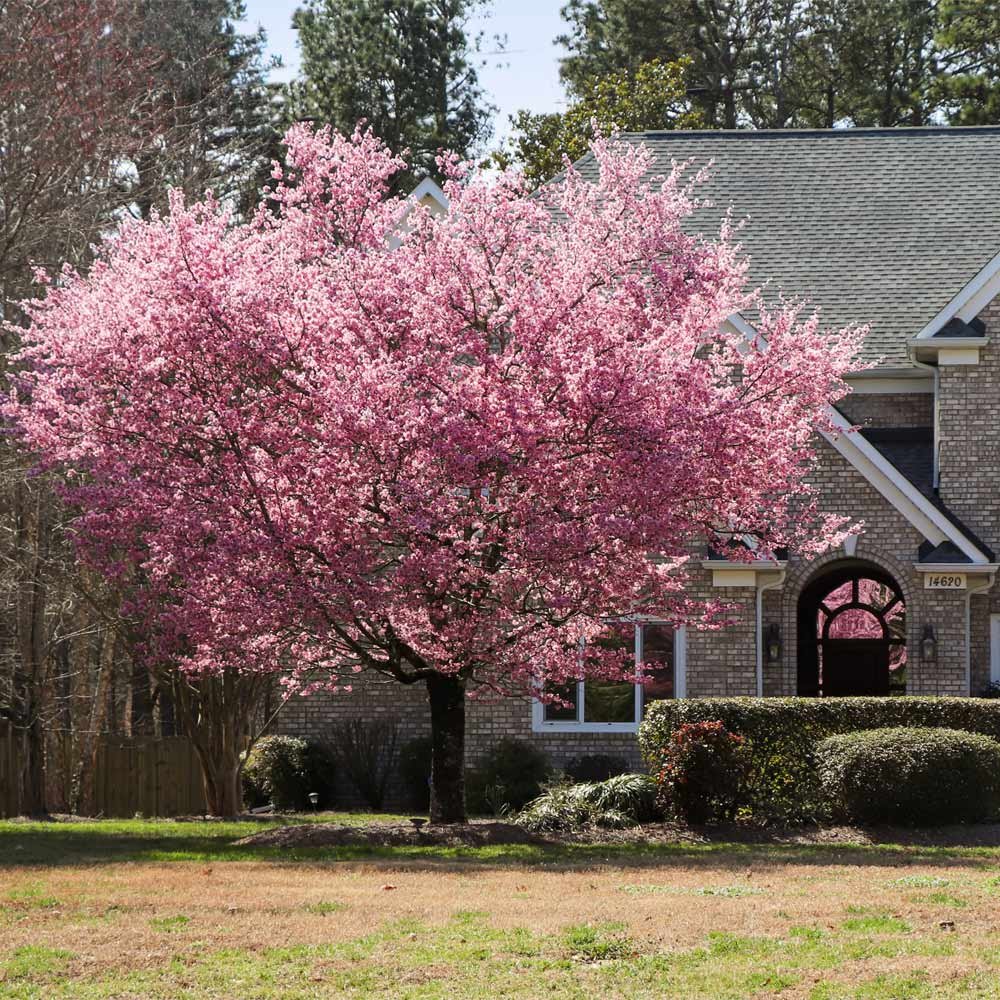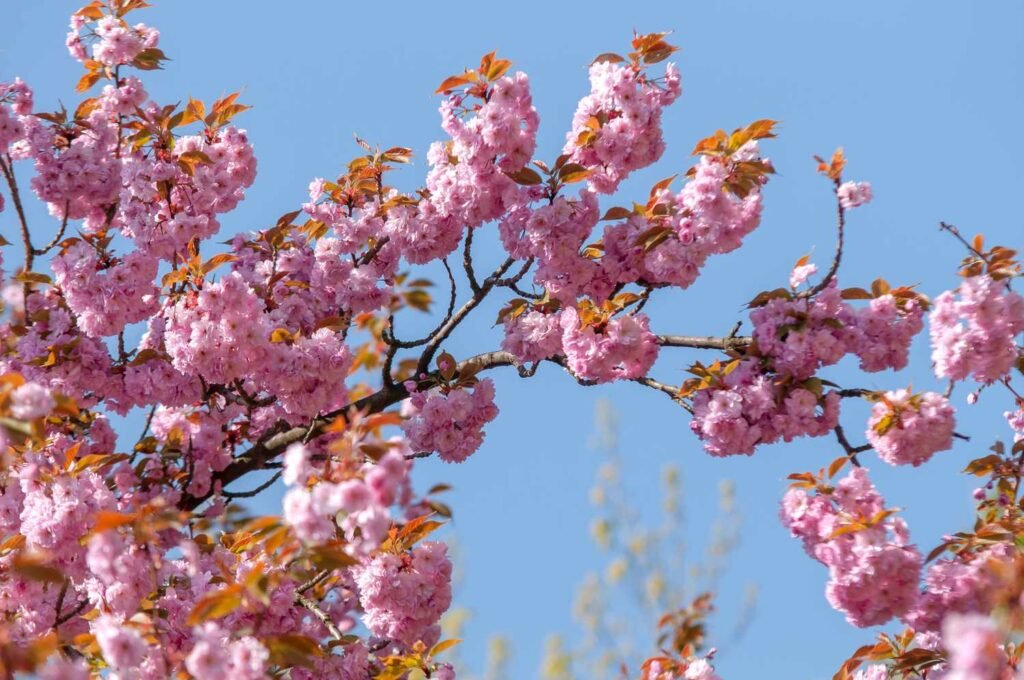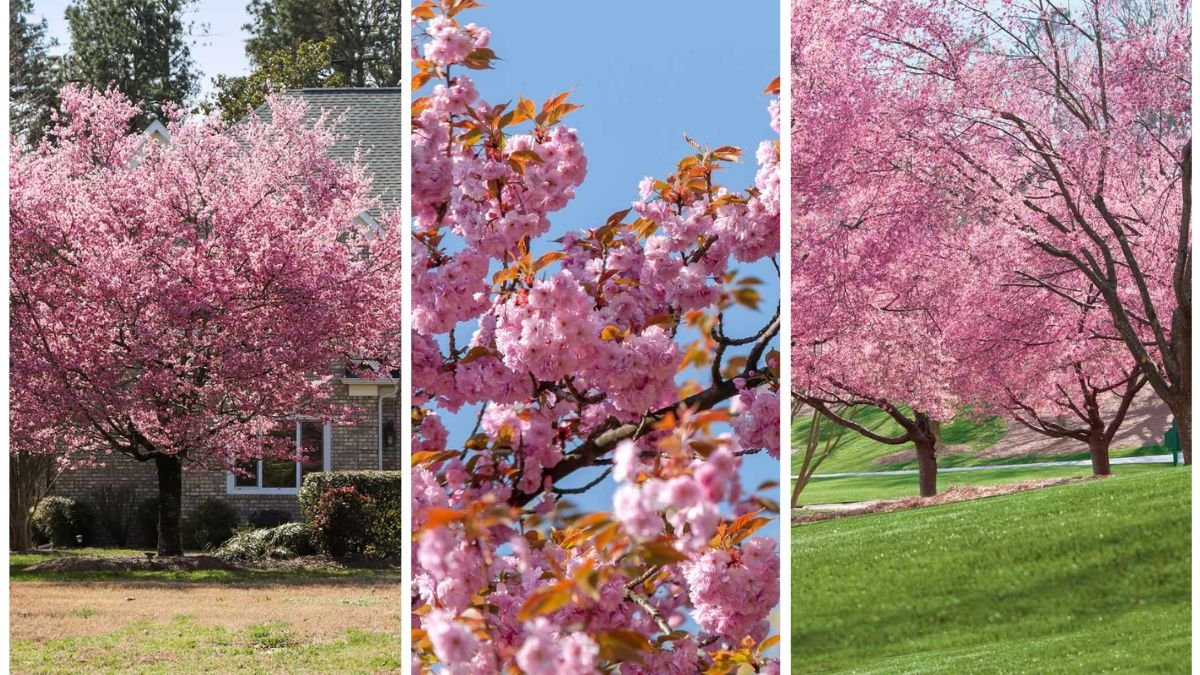Few trees captivate the heart as much as cherry blossom trees. With their breathtaking clouds of pink and white blooms, these trees symbolize beauty, renewal, and the fleeting nature of life. Known in Japan as Sakura, cherry blossoms have become beloved worldwide, adorning gardens, streets, and parks with their stunning seasonal display.
Growing and caring for cherry blossom trees at home may seem challenging, but with the right knowledge, anyone can enjoy these enchanting blooms in their own garden. This detailed guide will walk you through everything you need to know about planting, nurturing, and maintaining cherry blossom trees so they thrive for years to come.
Why Choose Cherry Blossom Trees?

Before diving into planting, it helps to understand why these trees are worth the effort:
- Breathtaking Blooms: Their springtime flowers create a magical landscape.
- Seasonal Interest: In addition to blossoms, they offer vibrant fall colors and graceful winter silhouettes.
- Wildlife Support: Attract pollinators like bees and provide food for birds.
- Cultural Significance: A symbol of beauty, hope, and renewal in many cultures.
- Versatility: Can be grown as specimen trees, in rows for dramatic alleys, or in small gardens with dwarf varieties.
Step 1: Choosing the Right Cherry Blossom Variety

There are many cherry blossom tree varieties, each with unique beauty and growth requirements. Here are some popular options:
- Yoshino Cherry (Prunus × yedoensis)
- Classic pale pink-white blossoms.
- Widely planted in parks and streetscapes.
- Grows 30–40 feet tall.
- Kwanzan Cherry (Prunus serrulata ‘Kwanzan’)
- Double-petaled pink flowers with a rich, dramatic look.
- More compact at 25–30 feet tall.
- Weeping Cherry (Prunus subhirtella ‘Pendula’)
- Graceful, cascading branches with pink blooms.
- Grows 20–30 feet tall.
- Autumn-Flowering Cherry (Prunus subhirtella ‘Autumnalis’)
- Produces light pink flowers in both spring and fall.
- Ideal for extended seasonal interest.
- Dwarf Varieties (e.g., ‘Snow Fountains’)
- Suitable for small gardens or containers.
Tip: Consider the size of your garden and desired bloom color when choosing a variety.
Step 2: Selecting the Right Location
Cherry blossom trees flourish when given the proper environment:
- Sunlight: At least 6 hours of direct sun daily. Full sun encourages strong growth and prolific flowering.
- Soil: Well-drained, fertile soil with a slightly acidic to neutral pH (6.0–7.0). Avoid heavy clay or soggy areas.
- Air Circulation: Plant in an open area to prevent fungal diseases.
- Space: Ensure enough room for the canopy to spread—typically 15–30 feet, depending on variety.
Pro Tip: Plant cherry blossoms where you can enjoy their seasonal beauty, such as near patios, walkways, or windows.
Step 3: Planting Cherry Blossom Trees

Planting correctly gives your tree the best start:
- Best Time to Plant: Early spring or fall, when temperatures are mild and rainfall is more consistent.
- Digging the Hole: Create a hole twice as wide and as deep as the root ball.
- Soil Preparation: Mix the excavated soil with compost or organic matter to improve fertility.
- Positioning the Tree: Place the tree so the root collar (where roots meet trunk) sits slightly above ground level.
- Backfilling: Fill the hole with amended soil, gently firming it to remove air pockets.
- Watering: Water deeply to settle the soil and hydrate roots.
- Mulching: Spread a 2–3 inch layer of mulch around the base, leaving space around the trunk to prevent rot.
Step 4: Watering and Moisture Management
Cherry blossom trees need consistent water, especially when young:

- New Trees: Water 2–3 times weekly during the first year.
- Established Trees: Water deeply once a week during dry periods.
- Avoid Overwatering: Ensure soil drains well; standing water can cause root rot.
- Summer Heat: Increase watering frequency during heatwaves to prevent stress.
Tip: Use drip irrigation or soaker hoses for even, efficient watering.
Step 5: Fertilizing for Growth and Blooms
Fertilization helps cherry blossom trees grow vigorously and bloom abundantly:
- When to Fertilize: In early spring before flowering, and again lightly in mid-summer if growth is slow.
- What to Use: Balanced, slow-release fertilizer (10-10-10) or one designed for flowering trees.
- How to Apply: Spread fertilizer evenly around the drip line, not at the trunk.
Pro Tip: Conduct a soil test before fertilizing to ensure you’re providing the right nutrients.
Step 6: Pruning and Shaping

Pruning keeps cherry blossom trees healthy and attractive:
- Best Time: Late winter or early spring before buds break. Avoid heavy pruning after mid-summer.
- Technique:
- Remove dead, diseased, or crossing branches.
- Thin crowded areas to improve airflow and sunlight penetration.
- Lightly shape to maintain symmetry and form.
- Special Note: Avoid cutting into old wood, as cherry trees may not regenerate from it.
Step 7: Pest and Disease Management
Cherry blossom trees can face several common pests and diseases:
Pests
- Aphids: Cause curling leaves and sticky residue; control with insecticidal soap.
- Caterpillars: Feed on leaves; handpick or treat with organic sprays like Bacillus thuringiensis (Bt).
- Scale Insects: Sap-sucking pests that weaken trees; use horticultural oil.
Diseases
- Cherry Leaf Spot: Causes small purple spots on leaves; treat with fungicides and good sanitation.
- Powdery Mildew: White coating on leaves; prune affected branches and improve airflow.
- Root Rot: Caused by poor drainage; ensure well-draining soil to prevent.
Prevention:
- Plant in sunny, open areas with good air circulation.
- Remove fallen leaves and debris.
- Regularly inspect for early pest or disease symptoms.
Step 8: Seasonal Care Guide
Spring
- Fertilize and mulch.
- Enjoy blossoms and inspect for pests.
- Water consistently during dry spells.
Summer
- Deep water weekly.
- Monitor for aphids and leaf spot.
- Avoid pruning during peak heat.
Fall
- Rake and dispose of fallen leaves to prevent fungal diseases.
- Add mulch for winter protection.
- Water before the ground freezes.
Winter
- Protect young trees with burlap wraps in areas with harsh frost.
- Prune during dormancy.
- Water occasionally during dry spells if soil isn’t frozen.
Common Mistakes to Avoid
- Planting Too Deep: Can suffocate roots and weaken the tree.
- Overwatering: Causes root rot and fungal problems.
- Ignoring Space Requirements: Crowding leads to poor airflow and disease.
- Excessive Pruning: Can reduce blooms and harm tree health.
- Neglecting Pest Monitoring: Small issues can quickly escalate.
Final Thoughts
Cherry blossom trees are more than just ornamental plants; they are living works of art that transform gardens into breathtaking displays each spring. While they require thoughtful care—particularly with planting, watering, and pruning—the reward is unmatched beauty that returns year after year.
By selecting the right variety, preparing the perfect site, and maintaining consistent care through every season, you can grow cherry blossom trees that flourish for decades. Whether you’re creating a dramatic focal point in your yard, lining a walkway with blossoms, or cultivating a small ornamental tree, cherry blossoms bring elegance, symbolism, and joy to any landscape.
Planting and caring for these trees is not just a gardening task—it’s an investment in beauty, serenity, and a legacy of seasonal wonder that will inspire generations to come.
